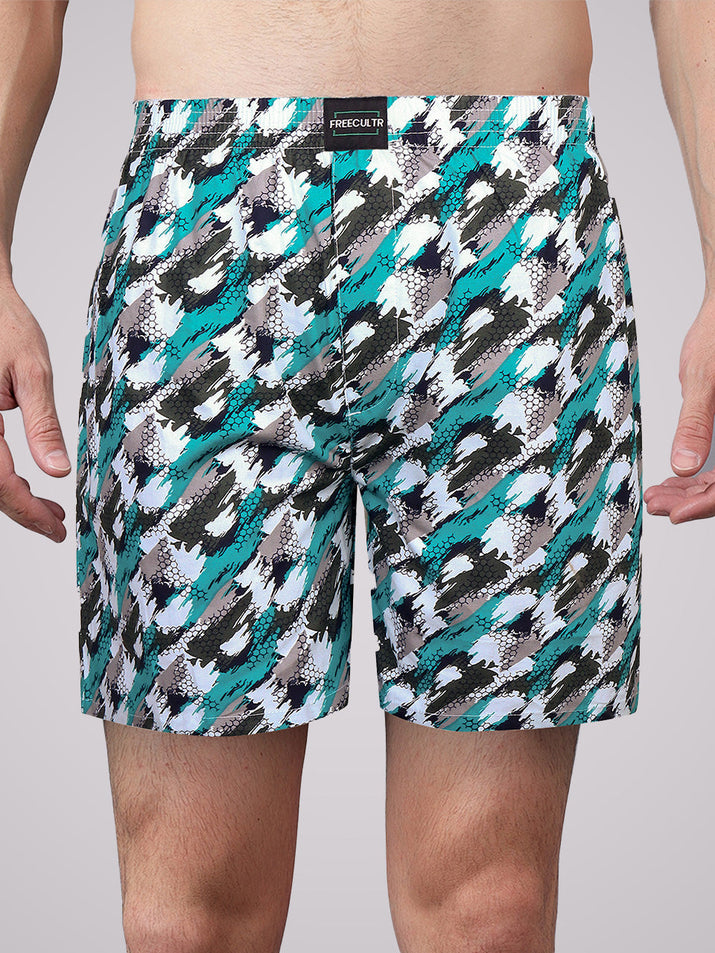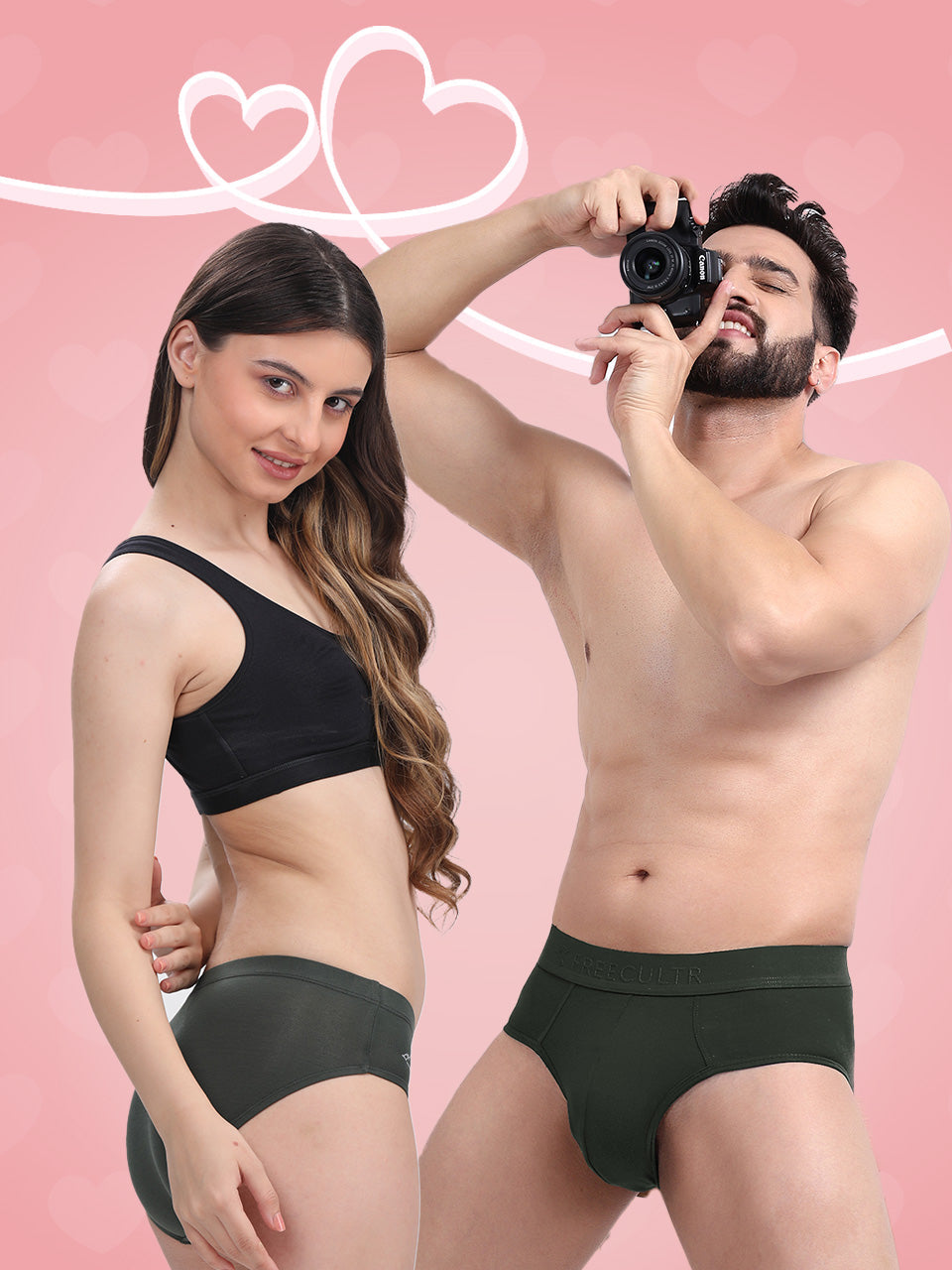The modern apparel market is witnessing a surge in conscious consumerism, pushing brands towards radical transparency. But how deep does that transparency actually go? We're diving into the heart of ethical marketing by comparing two prominent Indian brands: Freecultr and Damensch. Beyond stylish basics, both companies champion ethical sourcing and sustainable practices, yet their approaches to communicating this differ significantly. We'll dissect their claims, scrutinize their supply chains. Review their marketing narratives. Are they truly open books, or are there hidden chapters? Join us as we evaluate their transparency across key areas like materials, manufacturing. Environmental impact, ultimately determining who's truly winning the trust of today's discerning customer.

Decoding Transparency in the Fashion Industry
Transparency, in the context of the fashion industry, refers to the degree to which a brand discloses data about its supply chain, manufacturing processes. Environmental impact. This includes revealing details about where materials are sourced, how garments are made. The working conditions of those involved in the production. A transparent brand aims to be open and honest with consumers, empowering them to make informed purchasing decisions. This extends to environmental impact reports, ethical sourcing certifications. Even detailed breakdowns of garment costs.
The Rise of Conscious Consumerism
Consumers are increasingly demanding more than just stylish and affordable clothing; they want to know the story behind their purchases. This shift towards conscious consumerism is driven by growing awareness of the social and environmental issues associated with the fashion industry, such as labor exploitation, pollution. Waste. As a result, brands are under pressure to be more transparent and accountable for their actions.
Freecultr: A Focus on Openness and Ethical Practices
Freecultr stands out by placing a strong emphasis on transparency. The brand understands that today's consumers value not just style and value. Also ethical and sustainable practices. Freecultr actively shares details about its sourcing, manufacturing. The people behind its products. This commitment resonates strongly with customers seeking Fashion and Comfort, aligning their personal values with their purchasing decisions.
- Sourcing: Freecultr prioritizes sustainably sourced materials, such as organic cotton and recycled fibers. They openly communicate their material choices and the reasons behind them.
- Manufacturing: The brand works with factories that adhere to fair labor practices and provide safe working conditions. Regular audits are conducted to ensure compliance.
- Impact: Freecultr actively works to minimize its environmental footprint through initiatives like reducing water consumption and waste generation.
Damensch: Transparency Efforts and Initiatives
Damensch, like other modern apparel brands, recognizes the importance of transparency and has taken steps to improve its practices. But, their approach may differ in scope and depth compared to Freecultr's comprehensive strategy.
- Supply Chain Visibility: Damensch provides some data about its supply chain. The level of detail may not be as extensive as Freecultr's.
- Ethical Sourcing: The brand may have certifications or partnerships related to ethical sourcing. The specifics may not be readily available to consumers.
- Sustainability Initiatives: Damensch may have implemented sustainability initiatives, such as using recycled materials or reducing packaging waste. The impact of these efforts may not be fully transparent.
Comparing Transparency Initiatives: A Detailed Breakdown
| Feature | Freecultr | Damensch (Example - May Vary) |
|---|---|---|
| Supply Chain Mapping | Detailed mapping of all stages, from raw materials to finished product. Publicly available details. | Partial mapping, focusing on key suppliers. Limited insights available to the public. |
| Factory Audits | Regular, independent audits conducted and results shared publicly. | Audits conducted. Results may not be fully disclosed. |
| Material Sourcing | Prioritizes sustainable and recycled materials. Clearly communicates material origins and certifications. | Uses some sustainable materials. Certifications may not be prominently displayed. |
| Environmental Impact Reporting | Detailed reports on water usage, carbon emissions. Waste generation. Targets and progress are publicly tracked. | Limited environmental impact reporting. Focus may be on specific initiatives rather than overall footprint. |
| Fair Labor Practices | Partnerships with organizations promoting fair wages and safe working conditions. Worker testimonials and stories shared. | Adherence to labor standards. May lack detailed insights on worker well-being. |
| Cost Breakdown | Transparent breakdown of garment costs, including materials, labor. Overhead. | No cost breakdown provided. |
The Technology Behind Transparency: Blockchain and Traceability
Emerging technologies like blockchain are playing an increasingly vital role in enhancing transparency in the fashion industry. Blockchain's decentralized and immutable nature allows for secure and transparent tracking of products throughout the supply chain. This technology enables brands to provide consumers with verifiable data about the origin, journey. Impact of their garments.
How Blockchain Works:
- Each stage of the supply chain (e. G. , raw material sourcing, manufacturing, shipping) is recorded as a "block" of data.
- These blocks are linked together in a chronological chain, creating a permanent and tamper-proof record.
- Consumers can access this insights through a QR code or other identifier on the garment.
While adoption is still in its early stages, brands like Freecultr are exploring the potential of blockchain to provide greater transparency and accountability. This technology can help combat counterfeiting, ensure ethical sourcing. Empower consumers to make informed choices.
Real-World Applications: Case Studies in Transparency
Several brands are already implementing transparency initiatives with positive results. For example, Patagonia has long been a leader in transparency, openly sharing insights about its supply chain and environmental impact. This has helped build trust with consumers and differentiate the brand in a competitive market.
Another example is Eileen Fisher, which has pioneered take-back programs and promotes circular fashion. By collecting used garments and repurposing them into new products, Eileen Fisher reduces waste and minimizes its environmental footprint.
Freecultr aims to emulate these success stories by providing customers with a clear understanding of how their clothing is made and the positive impact of their purchases. By showcasing ethical practices and sustainable materials, Freecultr reinforces its commitment to responsible fashion.
The Benefits of Transparency: Building Trust and Brand Loyalty
Transparency is not just a buzzword; it's a strategic imperative for brands that want to build trust with consumers and foster long-term loyalty. By being open and honest about their practices, brands can demonstrate their commitment to ethical and sustainable values, which resonates strongly with today's conscious consumers.
Benefits of Transparency:
- Enhanced Brand Reputation: Transparency builds trust and credibility, which can enhance a brand's reputation and attract new customers.
- Increased Customer Loyalty: Consumers are more likely to support brands that align with their values and are transparent about their practices.
- Improved Supply Chain Efficiency: Transparency can help identify inefficiencies and risks in the supply chain, leading to improvements in efficiency and sustainability.
- Reduced Risk of Greenwashing: By being transparent about their environmental impact, brands can avoid accusations of greenwashing and maintain their credibility.
Conclusion
While both Freecultr and Damensch demonstrate transparency to some degree, truly winning the transparency game demands consistent and proactive communication, going beyond surface-level insights. A practical tip is to constantly solicit customer feedback on perceived transparency levels and adapt accordingly. Take action today by auditing your brand’s current transparency practices, identifying areas for improvement. Setting measurable goals. Think about how Freecultr integrates cultural elements into their designs – this offers a unique and transparent view into the brand's values. Success can be measured by improved customer trust, increased brand loyalty. Positive brand perception. I've found that when brands are genuinely open, customers are more forgiving of occasional missteps. Go beyond just stating your values; show them. Transparency isn't just a trend; it's the foundation of lasting customer relationships.
More Articles
Comfort Meets Culture: How Freeculture Redefines Basics Better Than Competitors
What Makes Freeculture More Than Just Another Clothing Brand
Soft, Sustainable. Stylish: Freeculture’s Edge Over Traditional Brands
Innerwear Reimagined: 5 Reasons Freeculture Beats Damensch, Jockey & XYXX
FAQs
Okay, so Freecultr vs. Damensch, transparency-wise... What's the big deal anyway? Why should I even care?
Good question! , transparency in fashion means brands are upfront about things like where their materials come from, how their clothes are made. What their workers are paid. It matters because you, as a conscious consumer, can then make informed choices. With Freecultr, we pride ourselves on being super open about our processes, from sourcing the softest, most sustainable fabrics to ensuring ethical production. We believe you deserve to know exactly what you're wearing!
Right, got it. But specifically, what kind of transparency should I be looking for when comparing Freecultr and Damensch?
Think about it like this: can you easily find insights about their supply chains? Do they talk about their environmental impact? Do they share details about worker welfare? With Freecultr, you'll find detailed insights readily available on our website. We're committed to showing you every step of the journey, from the cotton field to your closet. Look for that level of detail!
So, is Freecultr actually better at being transparent than Damensch? Give me the honest truth!
We're not about knocking other brands! But, we do believe our commitment to radical transparency sets us apart. We actively share data about our sustainability practices, ethical sourcing. Manufacturing processes. We encourage you to compare the insights available from both brands. We're confident you'll see Freecultr goes the extra mile to keep you in the loop.
I'm all about comfy clothes. Does Freecultr's focus on transparency mean I have to sacrifice style or comfort?
Absolutely not! That's the beauty of it! We believe you can have both. At Freecultr, we use premium, sustainable materials to create clothing that feels amazing against your skin and looks fantastic. Our design philosophy is all about effortless style and ultimate comfort, without compromising our values. You can feel good and look good, knowing your clothes are ethically made and environmentally conscious.
What kind of steps does Freecultr take to prove its transparency? Talk is cheap, after all.
You're right, proof is key! We use certifications like [mention relevant certifications, e. G. , GOTS for organic cotton] to verify our claims. We also partner with ethical factories and regularly audit them to ensure fair labor practices. Plus, we share detailed data about our materials, production processes. Environmental impact reports directly on our website. We're constantly looking for ways to improve our transparency and accountability.
Okay, you've convinced me to check out Freecultr. Where do I even start?
Awesome! Head over to our website and explore our collections. You can also check out our 'About Us' and 'Sustainability' pages to learn more about our commitment to transparency. We've got everything from everyday essentials to statement pieces, all made with the same ethical and sustainable principles. And don't hesitate to reach out to our customer support team if you have any questions – we're always happy to chat!
What is the Freecultr process of ethical sourcing? What does it entail?
Our ethical sourcing process is very thorough. First, we carefully choose suppliers who share our commitment to fair labor practices and environmental responsibility. We look for certifications and conduct regular audits to ensure compliance. We prioritize materials that are sustainable and ethically produced, such as organic cotton and recycled fibers. We aim to create a supply chain that supports both people and the planet.





